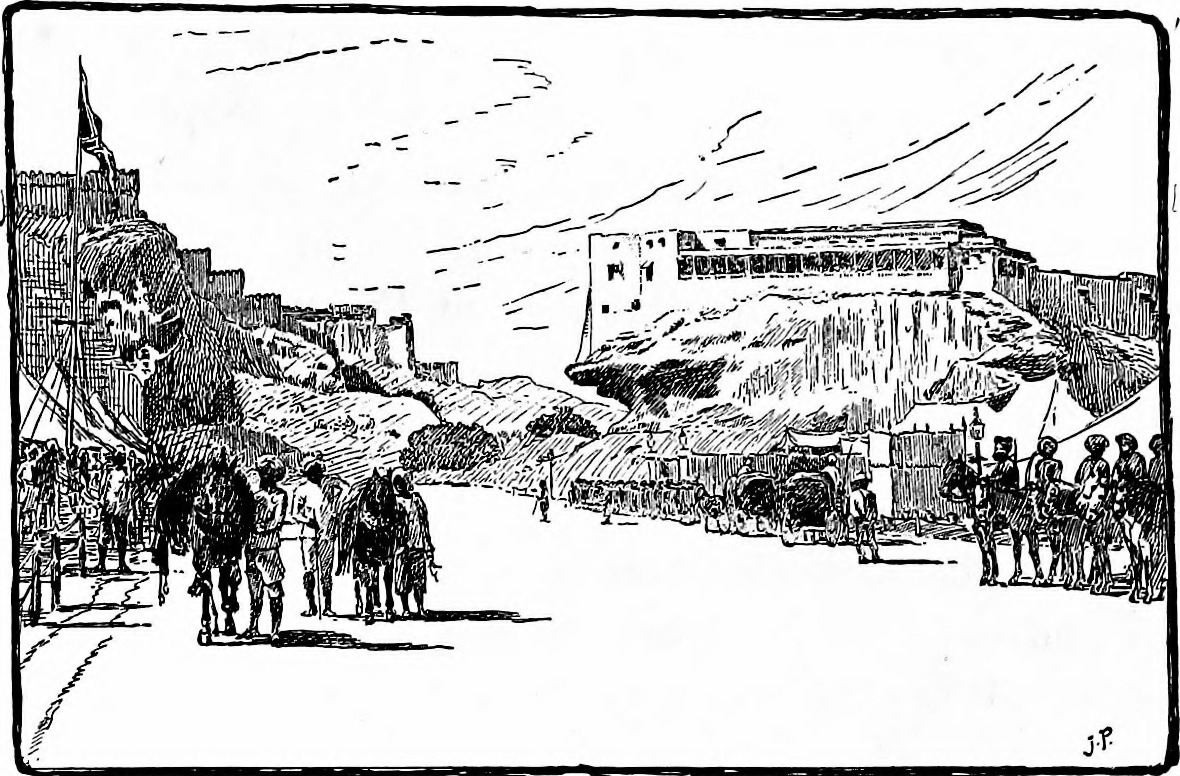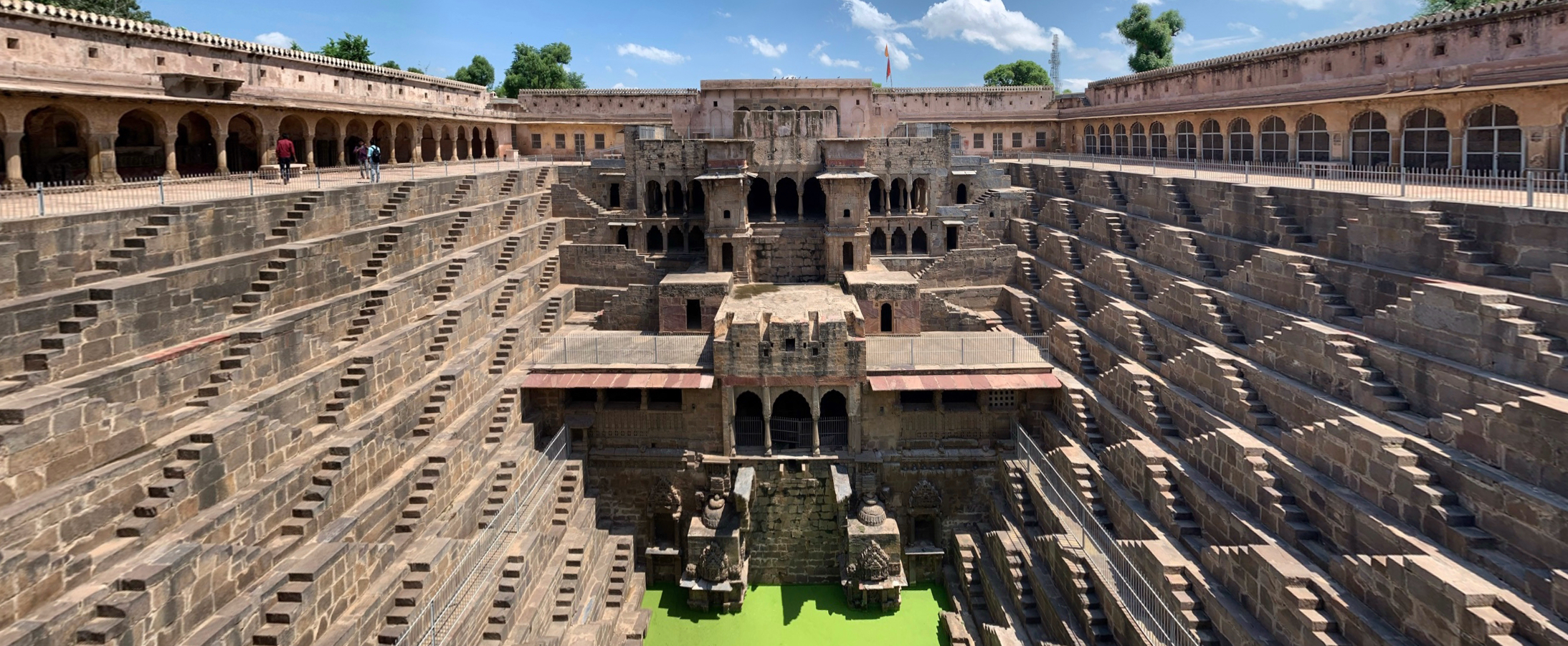Toorji Ka Jhalra represents a profound testament to Rajasthan's ingenious water management and architectural brilliance. Constructed in the 1740s during Maharaja Abhay Singh's reign, this stepwell embodies the region's sophisticated response to water scarcity, reflecting not just engineering prowess but deep cultural sophistication.
The stepwell's design is a remarkable fusion of functionality and aesthetic beauty. Descending over 200 feet into the earth, its symmetrical steps zigzag elegantly toward the water reservoir, creating a mesmerizing geometric pattern. Local sandstone was meticulously assembled without mortar, showcasing the extraordinary craftsmanship of Rajputana artisans. The walls are adorned with intricate stone carvings depicting deities, animals, and complex floral motifs that narrate silent stories of a bygone era.
Beyond its architectural significance, Toorji Ka Jhalra was a crucial social infrastructure. In an era before modern plumbing, such structures were community lifelines where daily interactions, rituals, and social exchanges occurred. Women particularly found these spaces transformative, using them not just for water collection but as platforms for community dialogue and mutual support.
By the 20th century, urban development and changing water technologies had relegated the stepwell to obscurity. Buried under debris and forgotten, it seemed destined to fade into historical anonymity. However, dedicated local restoration efforts transformed this potential loss into a vibrant cultural renaissance, reimagining the space as a dynamic heritage site.
Today, Toorji Ka Jhalra exists as a remarkable example of adaptive heritage conservation. Surrounding Stepwell Square now hosts boutique shops, artisanal cafes, and a heritage hotel, creating a contemporary ecosystem that respects and celebrates historical architecture. This metamorphosis demonstrates how thoughtful restoration can breathe new life into historical structures.
The stepwell's restoration was not merely a architectural project but a community-driven cultural revival. Local figures like Dhananjaya and Nikhilendra Singh played pivotal roles in conceptualizing and executing this transformative vision. Their efforts ensured that Toorji Ka Jhalra became more than a restored monument—it became a living, breathing cultural space.
The site now hosts textile exhibitions, community events, and serves as a gathering point that bridges Jodhpur's rich historical past with its dynamic present. Its deep red sandstone, weathered by centuries, stands as a silent narrator of changing times, inviting visitors to contemplate the layers of history embedded in its intricate design.
Toorji Ka Jhalra's journey from a critical water infrastructure to a cultural landmark encapsulates the resilience and adaptability of Rajasthan's architectural heritage. It remains a powerful symbol of how traditional structures can be reimagined, preserved, and integrated into contemporary urban narratives.






